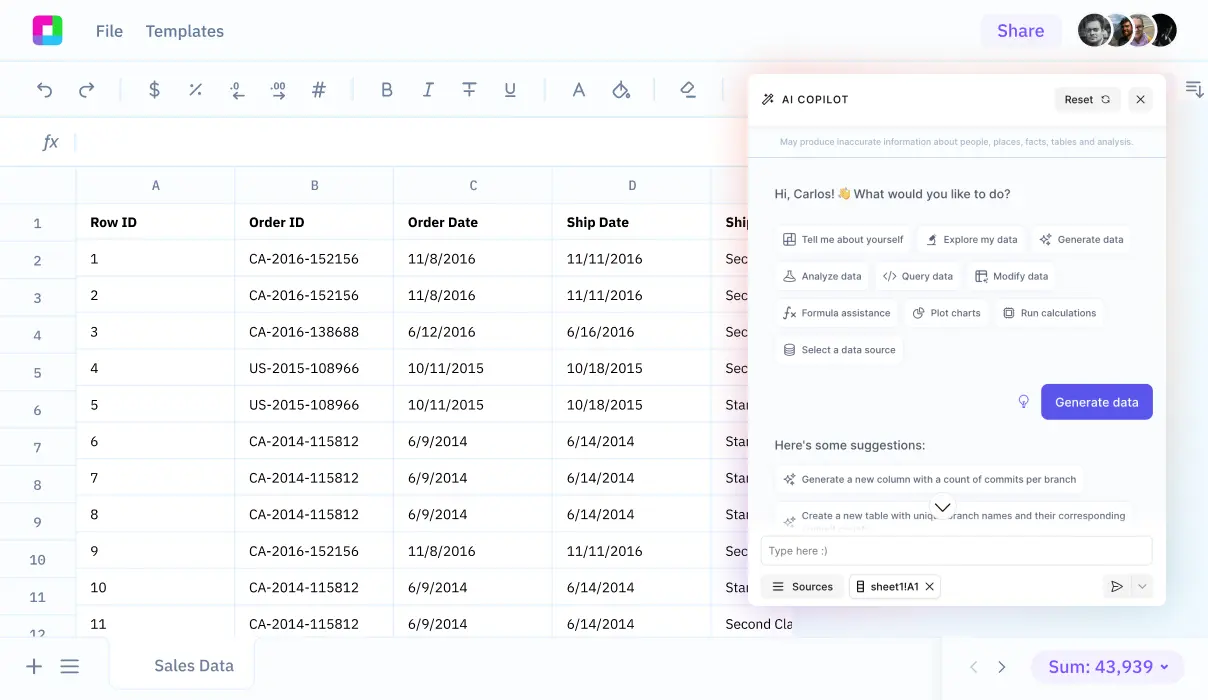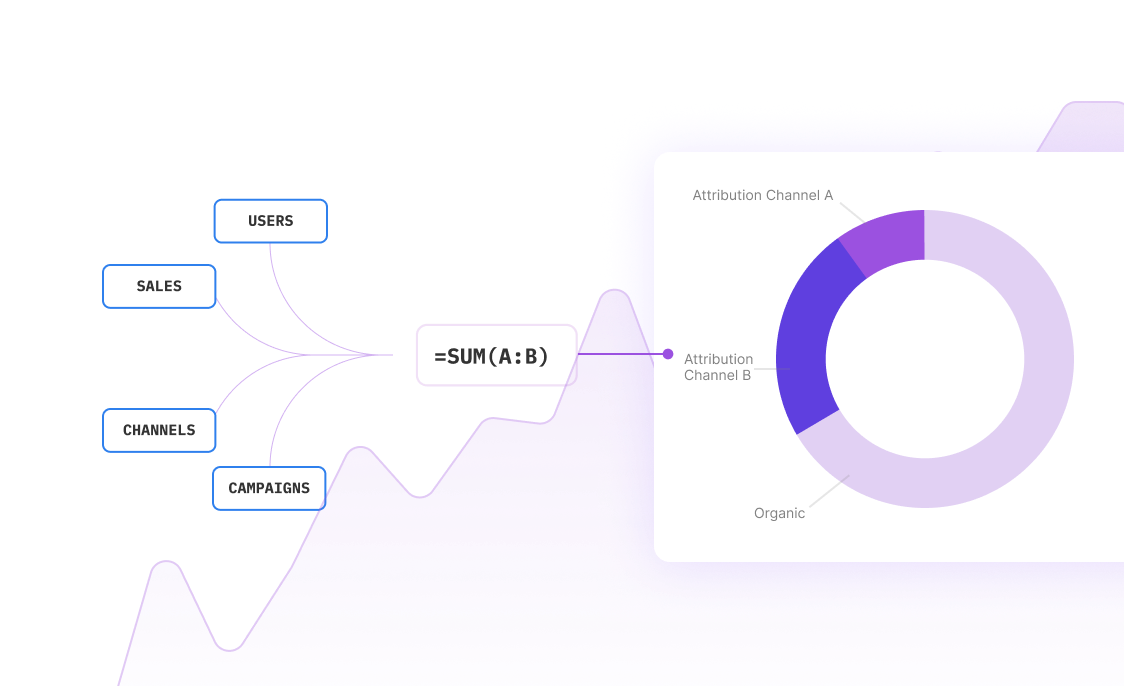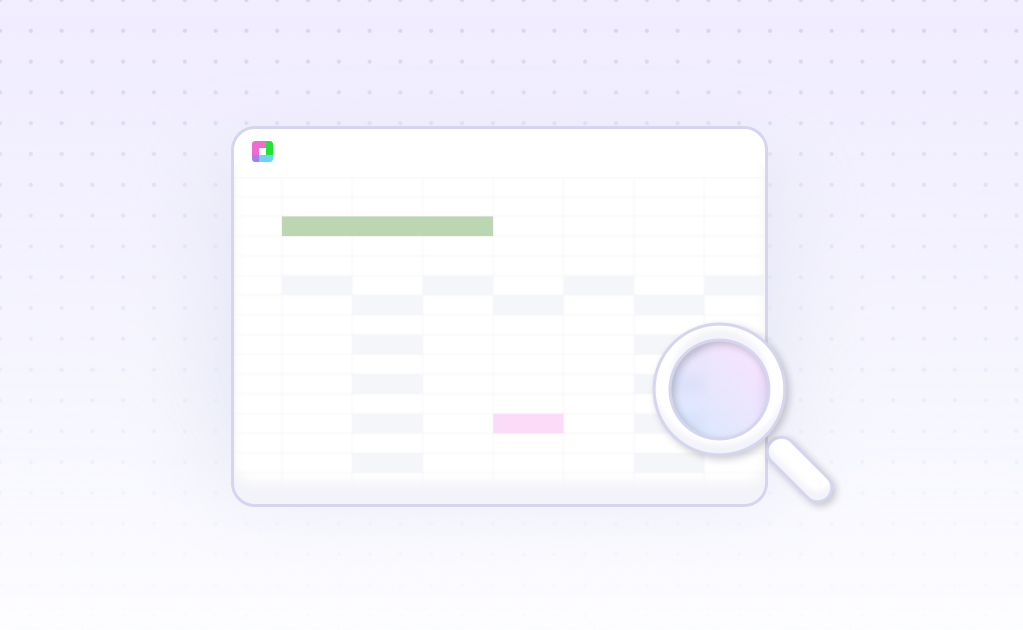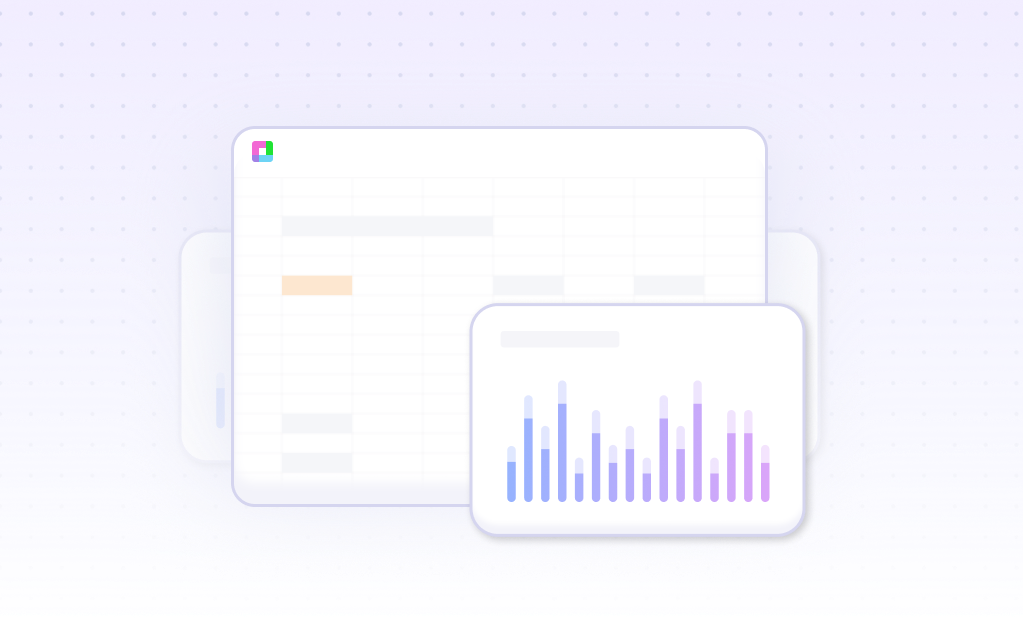
Introduction
Activity analysis in Excel enables data exploration through natural language queries, visual summaries, and pattern identification. The Analyze Data feature works with clean, tabular data and good column headers, though it has limitations like a 1.5 million cell maximum and incompatibility with merged cells or string dates.
Sourcetable offers an AI-powered alternative that combines spreadsheet functionality with an intelligent chatbot assistant. This modern platform processes data quickly and accurately, enabling faster decision-making through natural language commands. Users can connect to over 100 data sources and leverage Python or SQL for external integrations.
Discover how to streamline your activity analysis at sourcetable.com/signup.
Why Sourcetable Is the Best Tool for Activity Analysis
While Excel dominates spreadsheet usage with over a billion users, Sourcetable's AI-powered capabilities revolutionize activity analysis. By combining spreadsheet functionality with an AI chatbot, Sourcetable accelerates data analysis tasks that traditionally require complex Excel operations.
Superior Analysis Capabilities
Sourcetable empowers users with comprehensive analysis features including formulas, charts, data cleaning, and summarization tools. Its ability to integrate external data sources enhances analytical depth, while AI automation reduces errors and streamlines operations.
Faster Than Traditional Methods
Sourcetable outperforms Excel in key analysis tasks including formula creation, charting, and data preparation. The AI-powered interface enables complex calculations and data-driven decisions without extensive spreadsheet expertise.
Enhanced Visualization and Insights
Advanced data visualization and storytelling capabilities help analysts identify trends and generate accurate forecasts. Sourcetable's seamless integration with Excel and Google Sheets allows organizations to leverage existing spreadsheet investments while gaining AI-powered efficiency.
Benefits of Activity Analysis with AI-Powered Spreadsheets
Activity analysis enables occupational therapists to identify specific skills through detailed examination of therapeutic activities. This essential occupational therapy function considers physical, perceptual, cognitive, psychological, social and cultural factors to develop effective interventions that promote patient independence.
Enhanced Analysis with AI Spreadsheet Technology
AI-powered spreadsheet technology transforms activity analysis by automating data entry and complex calculations. The system's ability to analyze historical data, identify trends, and generate accurate forecasts streamlines the analysis process.
Through automated data analysis and visualization capabilities, AI spreadsheets identify trends, outliers, and correlations in activity data. This enhanced analytical power helps occupational therapists develop more targeted and effective therapeutic interventions that improve patient outcomes.
Activity Analysis Examples with Sourcetable's AI Features
Occupation-Based Analysis
Sourcetable enables detailed analysis of daily activities like getting dressed, catching a ball, and sweeping. The AI-powered platform evaluates motor skills, process skills, and social interaction patterns to identify performance trends and areas for improvement.
Task Component Analysis
Through advanced data analysis capabilities, Sourcetable highlights significant performance factors and outliers in time series data. This helps occupational therapists identify specific task components that challenge clients and develop targeted interventions.
Performance Metrics Analysis
Sourcetable's AI engine analyzes and summarizes key performance metrics, generating actionable insights from activity data. The platform automatically ranks significant performance indicators and identifies dominant factors affecting task completion.
Intervention Planning Analysis
Using artificial intelligence services, Sourcetable evaluates trends in client performance data to support grading and adaptation analysis. This enables occupational therapists to create data-driven intervention strategies that improve occupational performance.
Sourcetable Activity Analysis Use Cases
Real-Time Business Application Analysis |
Connect to 100+ business applications including Stripe, Zendesk, and Hubspot for automatic data syncing and near real-time model updates. Query billion-row datasets with sub-second response times for immediate insights. |
Database Integration and SQL Analysis |
Sync with Postgres, MySQL, and MongoDB databases while using AI assistance for SQL queries. Leverage spreadsheet familiarity with A1 notation and cell-based referencing for complex database analysis. |
3D Spatial Data Processing |
Process LIDAR point clouds and perform vector queries in 3D space. Generate stockpile management calculations using delta analysis and create 3D plots for engineering presentations. |
Large Dataset Processing |
Analyze large CSV files using cloud computing for accelerated calculations. Access 500+ formulas and functions while maintaining spreadsheet interface familiarity for team collaboration. |
Frequently Asked Questions
What is activity analysis and what is it used for?
Activity analysis is a method of observational analysis that measures space utilization by having observers record if spaces are occupied and what primary activities (like computer work or phone calls) are occurring. It translates occupancy data into useful information about how spaces and time are being used.
How can activity analysis be performed in Sourcetable?
In Sourcetable, you can build an activity taxonomy, merge HR data with activity data, and use surveys to gather information on how people spend their time. The platform allows you to visualize activity costs, assess work allocation, and model organizational scenarios using drag-and-drop functionality.
What are the benefits of using AI-powered spreadsheets for activity analysis?
AI-powered spreadsheets automate data entry, analyze data more efficiently, and identify trends, outliers, and correlations. They can generate forecasts, enhance decision-making, improve productivity, and increase accuracy in activity analysis.
Conclusion
Excel's Analyze Data feature enables basic activity analysis through natural language queries and visual summaries, but has limitations like a 1.5 million cell cap and strict data formatting requirements. For more advanced analysis, Sourcetable provides an AI-native alternative that combines spreadsheet functionality with powerful AI capabilities. Try Sourcetable's comprehensive activity analysis tools at sourcetable.com/signup.
Sourcetable overcomes Excel's constraints by leveraging cloud computing for faster calculations and offering seamless integration with databases and business applications. Its AI assistant understands workbook contexts and can analyze both structured and unstructured data using natural language or SQL queries. With real-time data syncing and automated analytics capabilities, Sourcetable streamlines the entire analysis workflow from data collection to insight generation.
Recommended Analysis Guides
Connect your most-used data sources and tools to Sourcetable for seamless analysis.
Frequently Asked Questions
If you question is not covered here, you can contact our team.
Contact Us





